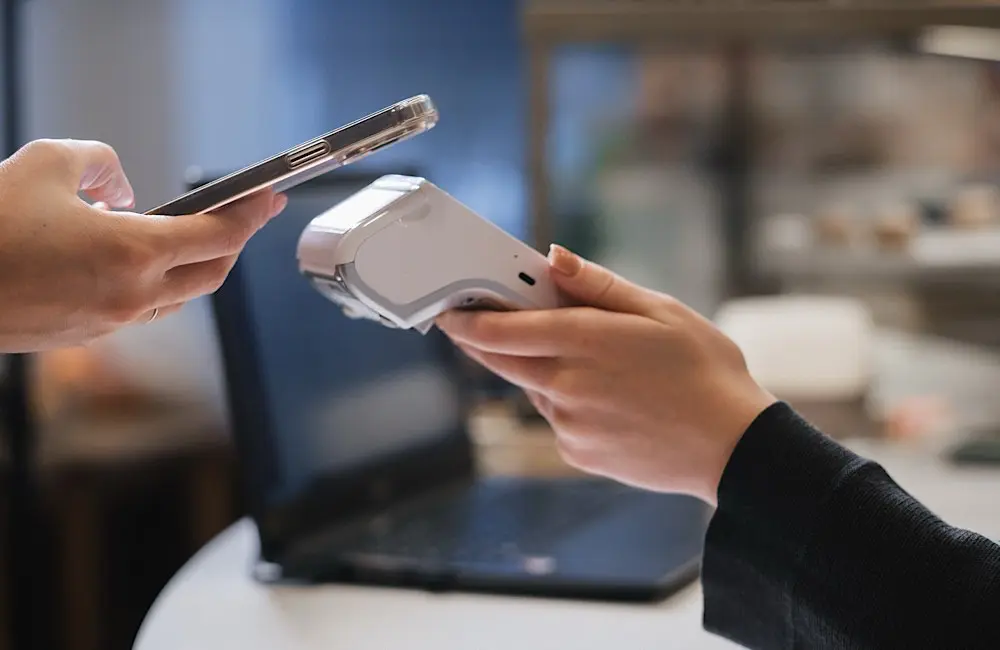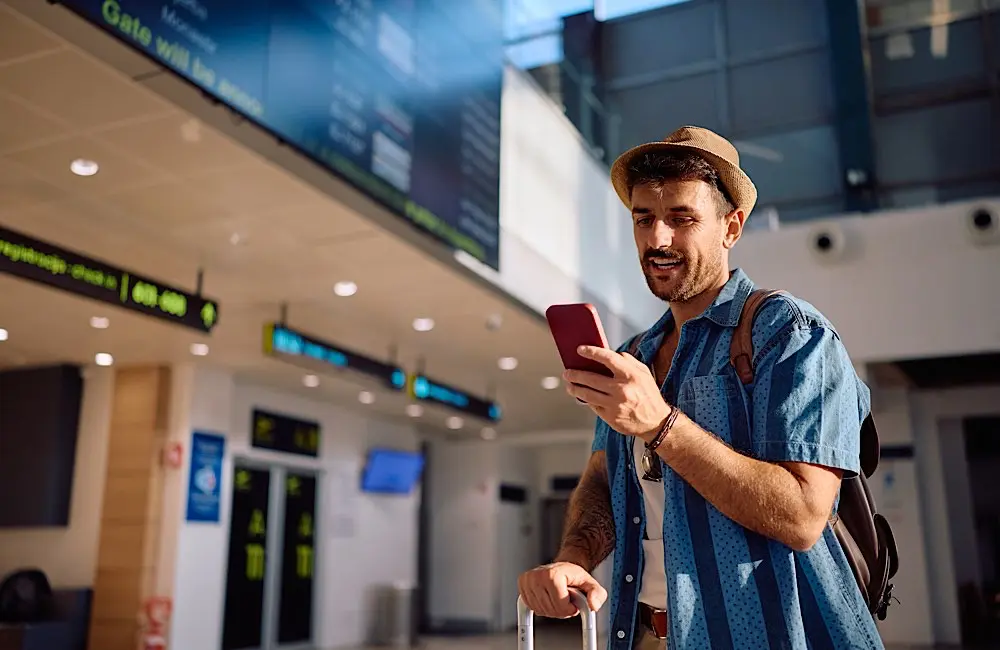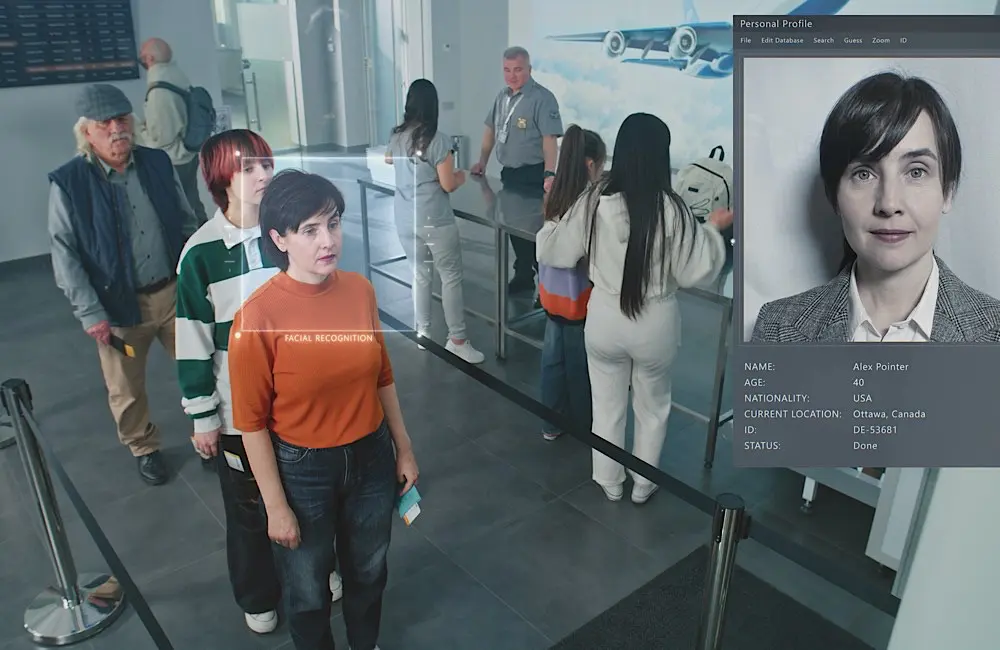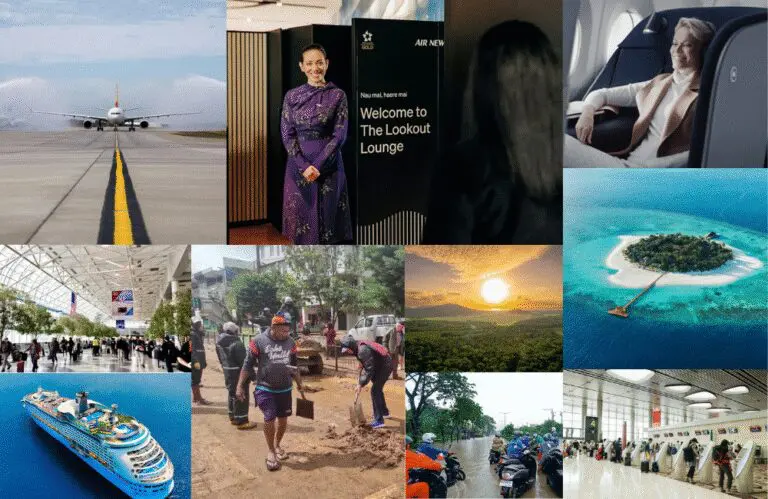Travellers have delivered their verdict on the future of flying: they want to use their phones and faces, not paperwork and queues. The International Air Transport Association’s (IATA) 2025 Global Passenger Survey (GPS) shows a clear digital pivot in how passengers want to book, pay, check in, and move through airports.
The survey, based on more than 10,000 responses from travellers across 200 countries, confirms that smartphones and digital identity are becoming central to the travel experience.
“Passengers want to manage their travel the same way they manage many other aspects of their lives — on their smartphones and using digital ID,” said Nick Careen, IATA’s Senior Vice President Operations, Safety and Security.
He added that while demand for seamless travel is strong, “cybersecurity must be core to the end-to-end digital transformation of how we book, pay, and experience air travel.”
Biometrics hit mainstream adoption
Biometrics have moved from trial phase to everyday reality and passengers are happy about it. Half of all passengers now use facial recognition or similar tools during their airport journey, up from 46 per cent last year. Usage is most common at security (44 per cent), exit immigration (41 per cent), and entry immigration (35 per cent). Satisfaction levels are high, with 85 per cent of users saying they were happy with the experience.
Three in four travellers (74 per cent) said they would share biometric data if it meant bypassing manual checks at security or boarding. But data trust remains critical: 42 per cent of those who are currently unwilling to share biometric information said they would reconsider if privacy and data protection were assured.
Aussie airport lines reduced by 30% with facial recognition tech: FCTG Chief Experience Officer
Careen said the next step depends on governments issuing digital passports that can be recognised securely across borders.
“Passengers are already using biometrics for different stages of their journey,” he said.
“To make the international travel experience fully digital, governments need to start issuing digital passports and enable their secure recognition across borders. That’s when travellers, airlines, and governments will all see the benefits.”

Mobile becomes the passenger’s primary tool, and a signal for the trade
Mobile is now the main interface between passengers and the travel industry, but for the trade it’s a signal rather than a threat. The shift shows how travellers expect faster, more connected service across every channel, including agents.
IATA’s data shows the uptake of web apps is climbing, up from 16 per cent to 19 per cent, driven largely by younger travellers, one in four of whom now book through mobile channels. For agents, this reinforces the need to be visible where customers begin their journey and to use mobile tools to streamline communication, payment, and itinerary management.
Payments are following the same pattern. Credit and debit card use dropped from 79 per cent to 72 per cent, while digital wallets climbed from 20 per cent to 28 per cent and instant payment options such as IATA Pay rose from 6 per cent to 8 per cent. The opportunity for the trade lies in integrating these methods to meet customer expectations and reduce friction in transactions.

Passengers also want more integration overall. Seventy-eight per cent said they want a single smartphone platform that combines digital wallet, passport, and loyalty cards, showing a growing preference for connected ecosystems that can also include agency and airline touchpoints.
The use of electronic bag tags has risen from 28 per cent to 35 per cent, as travellers increasingly manage more of their airport processes digitally.
Asia-Pacific leads digital travel, but expectations rise faster
Asia-Pacific travellers are leading the shift. They are the most digitally active globally, booking through apps, using digital wallets, and relying on biometric systems at airports. They are also the least likely to use credit cards. But their satisfaction levels are the lowest of all regions.
The finding highlights a regional tension: adoption is high, but expectations are higher. For airlines, airports, and distributors in Asia-Pacific, including Australia, this points to a need for more integrated mobile ecosystems and smoother digital ID experiences that match the pace of consumer behaviour.
Regional contrasts reveal strategic gaps
While Asia-Pacific races ahead, other regions show slower transitions. African passengers still prefer airline offices or call centres, valuing the human connection even as satisfaction ranks second globally. Europe remains cautious, sticking to websites and traditional payments. North American travellers prioritise convenience but report low satisfaction and the highest privacy concerns around biometrics. Latin America and the Caribbean still rely on personal service but show rising willingness to adopt new tech. In the Middle East, loyalty and service quality drive digital uptake, making the region one of the most satisfied globally.
These differences show there’s no single path to digital transformation, and that infrastructure, regulation, and consumer trust will determine the speed of progress.
The demographic drive for digital-first journeys
Age divides the digital experience. Travellers under 26 are far more likely to book through apps, use digital wallets, and embrace biometrics, but they also report the lowest satisfaction. They expect smooth tech experiences and have little patience for friction. Male travellers remain more enthusiastic adopters of airline apps and biometric tools, while female travellers are more cautious and place greater weight on reliability and trust.

Security is the industry’s next test
IATA emphasises that cybersecurity will decide how fast digital travel expands. As passengers adopt biometric and mobile-first journeys, the protection of personal and payment data becomes the foundation of public confidence. Airlines and airports accelerating digital rollouts will need to prove that convenience doesn’t come at the cost of safety.
The GPS results make one thing clear: passengers are ready for a fully digital journey. The next move is up to the industry, and to governments, to build the systems, policies, and trust to support it.
KARRYON UNPACKS: Mobile-first and biometric travel are now mainstream expectations, not future trends. For airlines and agents, the competitive edge lies in owning the digital relationship — from payment to identity — before someone else does.






